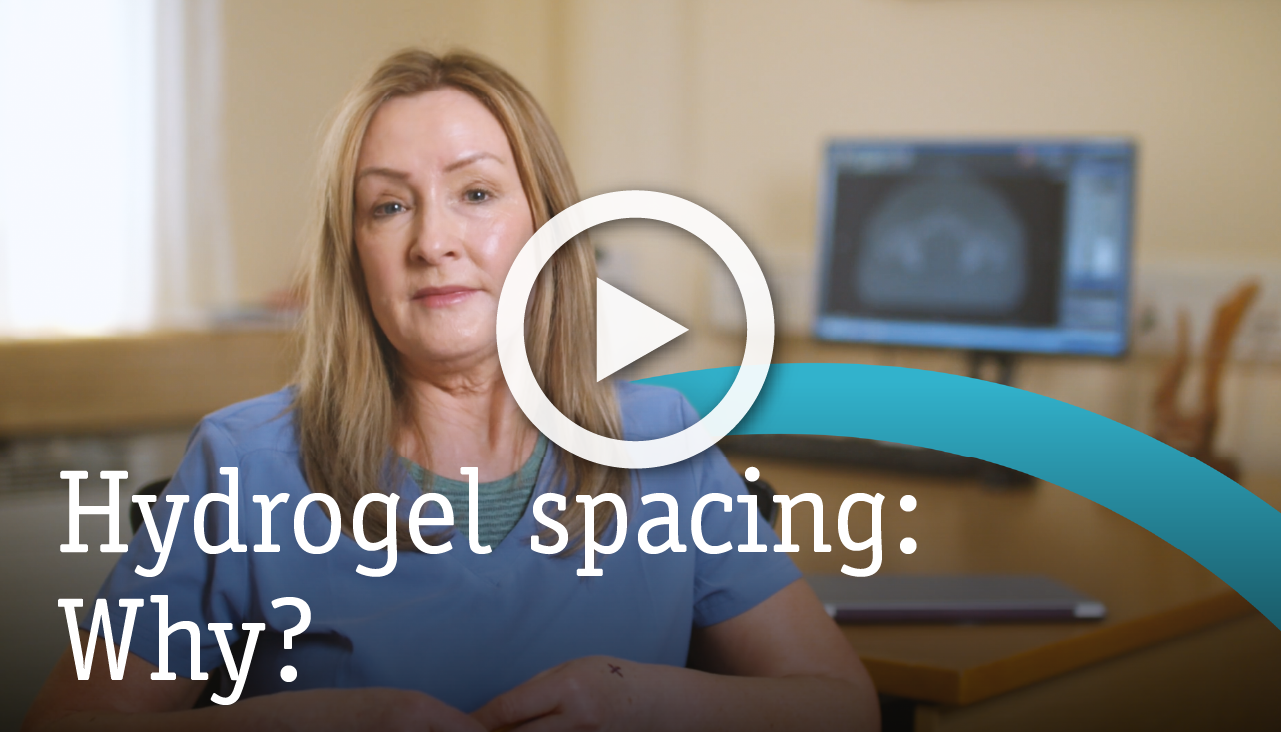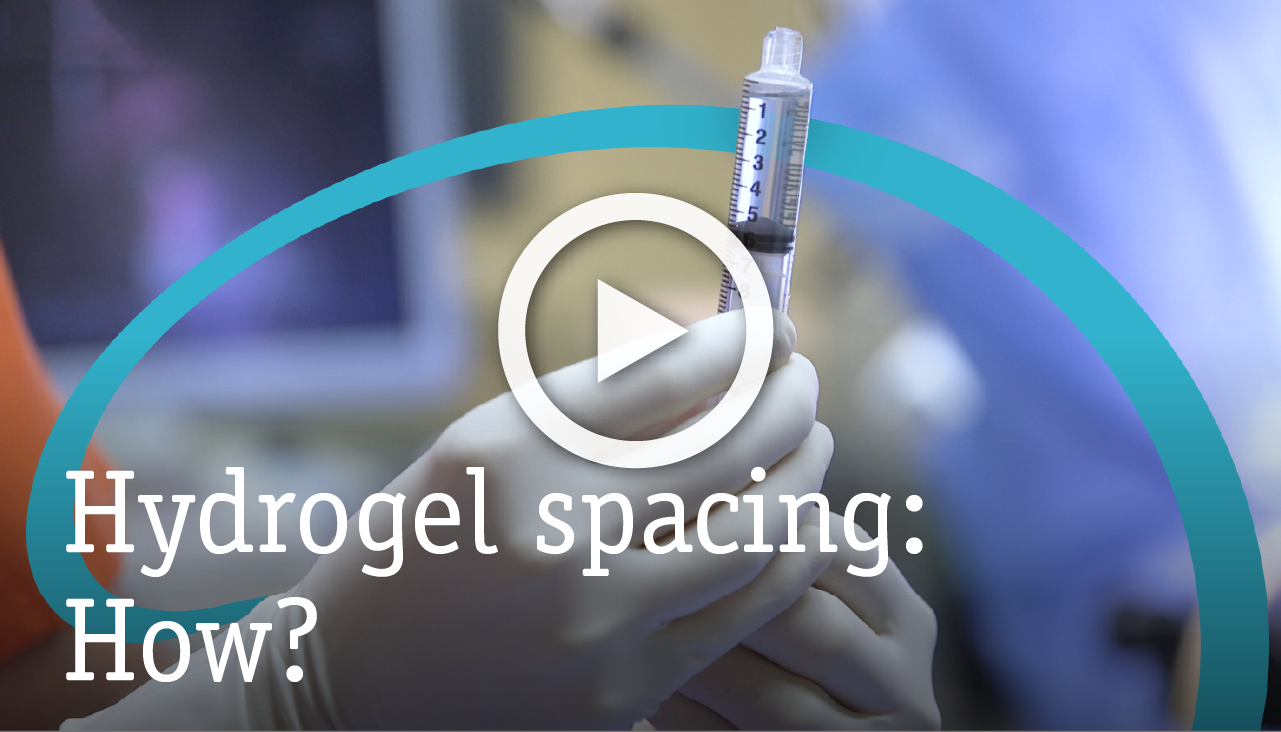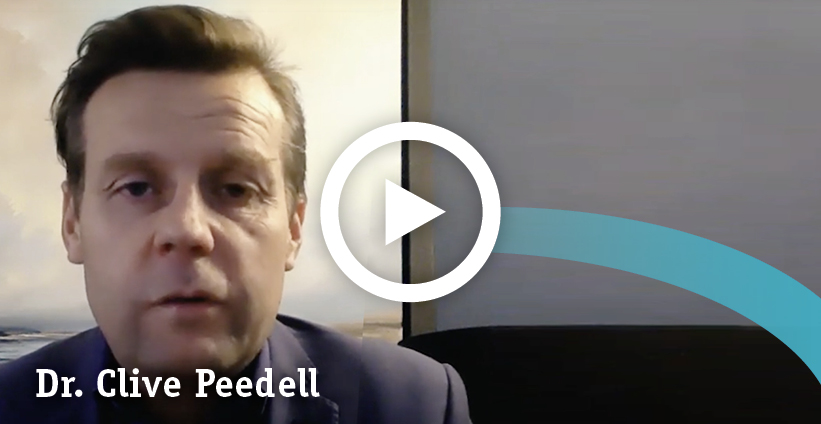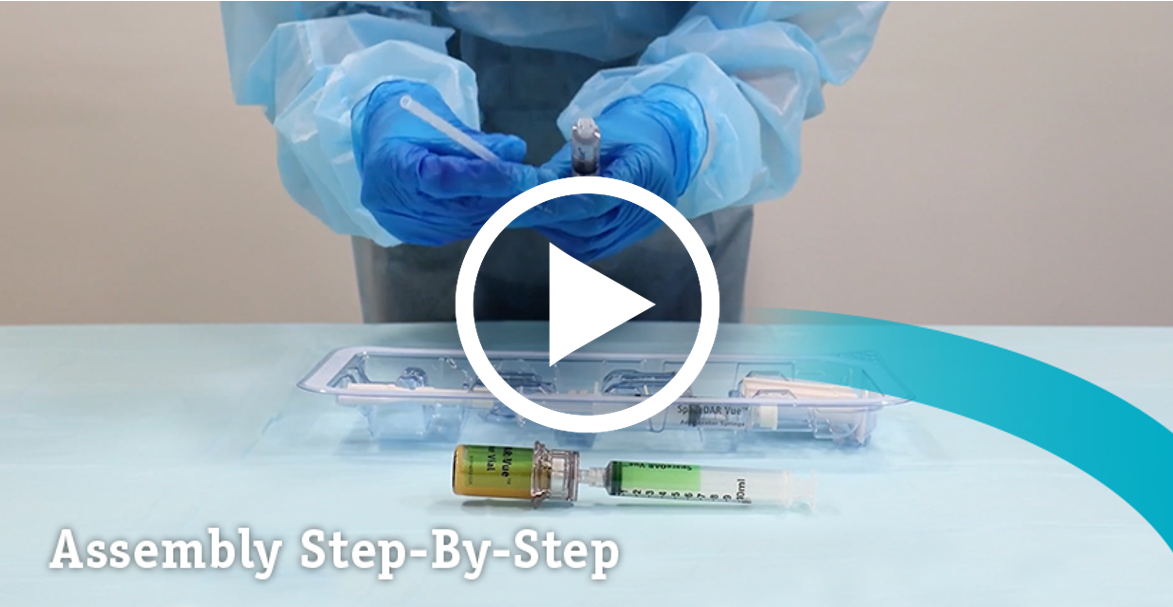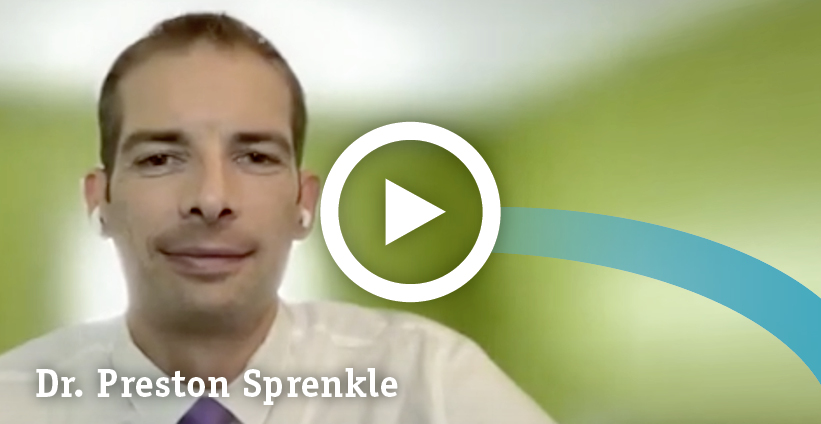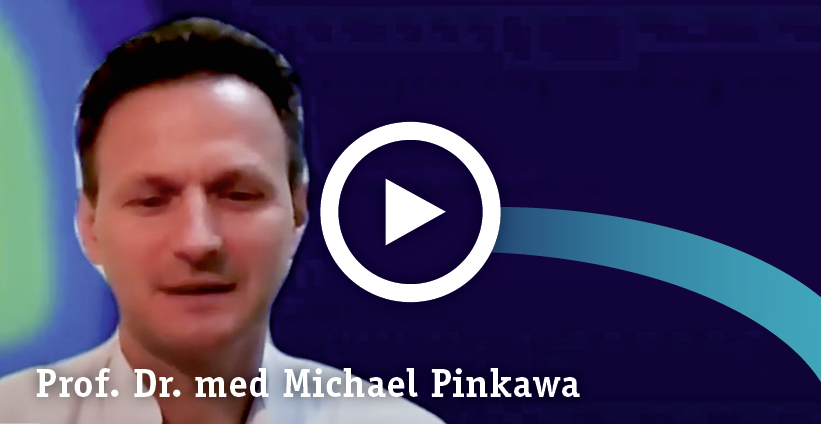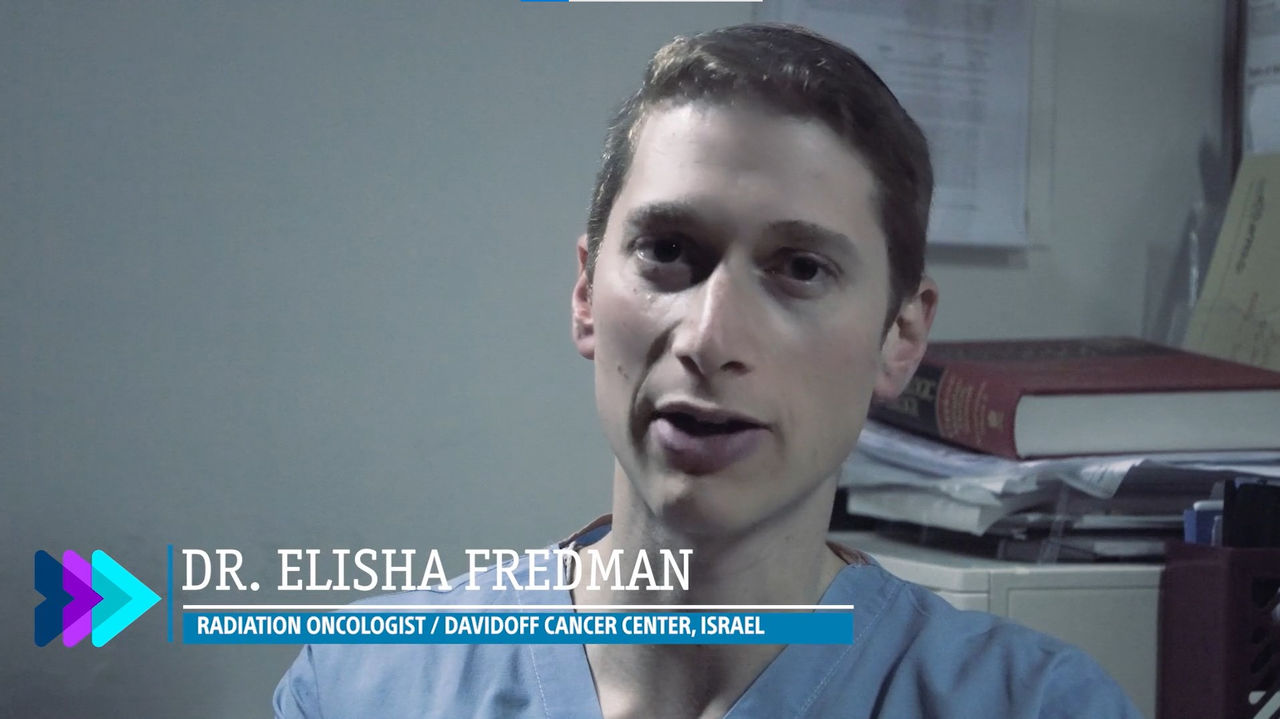Navigating Treatment: Voices of Experts and Patients

Will Kinnaird- Consultant Theraputic Radriographer

Sam Worster- Trainee Consultant Therapeutic Radiographer

Clive Peedell- Consultant Clinical Oncologist

Paul Wheaton- Patient Advocate
Discover Paul´s experience of cancer treatment and late effects following radiotherapy.

Steven Allen- Patient Advocate
Gain insights about Steven's experience of cancer, his involvement with Tackle Prostate Cancer and views on SpaceOAR™ Hydrogel.
WATCH EXPERTS INSIGHTS

Enhancing Radiotherapy Planning with SpaceOAR Vue
Discover the benefits of SpaceOAR Vue for improved treatment planning and patient confidence in radiotherapy, from Dr. Edwards' experience.

SpaceOAR Patient Selection Criteria
Learn more about SpaceOAR patient selection criteria based on the experiences of Dr. Edward's, which emphasize the importance of considering specific patient conditions.

How Impactful Radiation Rectal Toxicity Can Be on a Patient´s Life
Get to know Dr. David Graham's insights on incidence rates, clinical data, and management options, along with strategies and technologies available to lessen the effects of pelvic radiation.

Radiation Side Effects and Impact on Patients´Lives
Learn about the impact of radiotherapy side effects on patients´ lives after prostate cancer treatment. This discussion reviewed treatment options, including SpaceOAR Hydrogel and discusses the benefits in how it may address these issues, based on Dr. Edwards´experience.
ESTRO 2024 Symposium
The Journey of Prostate Radiation Therapy: Boston Scientific Symposium at ESTRO24
Emerging Techniques

SpaceOAR VueTM Hydrogel Step by Step Guided Case by Dr. Fredman

Join Prof. Zelefsky and Prof. Jain Conversation about Spacer Scoring Systems
Prof. Suneil Jain from Queen's University Belfast and Prof. Michael Zelefsky from Memorial Sloan Kettering Cancer Center discuss spacer placement and introduce a spacer quality score based on a poster publication by Prof. Zelefsky and Dr. Timmerman presented at ASTRO 2021.
Subscribe and listen on
| |
Procedure and Safety
EDUCARE: Online medical education offer
We are committed to making medical education more relevant, more comprehensive, and more accessible, helping you deliver the best patient care possible.
At Boston Scientific, we offer resources coupled with continuous education program, online and offline, tackling very specific questions and challenges that you and your team might encounter during the procedure. These resources are accessible through EDUCARE. This platform provides instant, online access customized clinical educational and training content, all in one convenient place.



A valuable offer of personalised educational and training opportunities
Online training
Explore procedural videos, techniques, recorded webinars, recorded live cases, educational presentations and more to support your learning journey.
Key Opinion Leader Contributions
Discussions, webinars and podcasts where you will discover what expert healthcare providers have to say about the latest procedures and techniques in real world.
Events
Stay up to date on the latest Boston Scientific medical education programs. View the program calendar with
in-person skills training and upcoming virtual events.
Certified Training
competency to complete
the application independently.
Disclaimer
This podcast material is for informational purposes only and not meant for medical diagnosis. This information does not constitute medical or legal advice, and Boston Scientific makes no representation regarding the medical benefits included in this information. Boston Scientific strongly recommends that you consult with your physician on all matters pertaining to your health. This podcast was produced in cooperation with Dr. Will Kinnaird, Dr. Sam Worster, Dr. Clive Peedell and Patient advocates, Paul Wheaton and Steven Allen . Results from case studies are not predictive of results in other cases. Results in other cases may vary.
SpaceOAR and SpaceOAR Vue Hydrogels are intended to temporarily position the anterior rectal wall away from the prostate during radiotherapy for prostate cancer and in creating this space it is the intent of SpaceOAR and SpaceOAR Vue Hydrogels to reduce the radiation dose delivered to the anterior rectum. SpaceOAR and SpaceOAR Vue Hydrogels contain Polyethylene Glycol (PEG). SpaceOAR Vue Hydrogel contains iodine. Prior to using these devices, please review the Instructions for Use for a complete listing of indications, contraindications, warnings, precautions and potential adverse events. As with any medical treatment, there are some risks involved with the use of SpaceOAR and SpaceOAR Vue Hydrogels. Potential complications associated with SpaceOAR and SpaceOAR Vue Hydrogels include, but are not limited to: pain associated with SpaceOAR and SpaceOAR Vue Hydrogels injection, pain or discomfort associated with SpaceOAR and SpaceOAR Vue Hydrogels, local inflammatory reactions, infection (including abscess), urinary retention, urgency, constipation (acute, chronic, or secondary to outlet obstruction), rectal tenesmus/muscle spasm, mucosal damage, ulcers, fistula, perforation (including prostate, bladder, urethra, rectum), necrosis, allergic reaction (localized or more severe reaction, such as anaphylaxis), embolism (venous or arterial embolism is possible and may present outside of the pelvis, potentially impacting vital organs or extremities), syncope and bleeding. The occurrence of one or more of these complications may require treatment or surgical intervention.
Products shown for INFORMATION purposes only and may not be approved or for sale in certain countries. Please check availability with your local sales representative or customer service.
SpaceOAR and SpaceOAR Vue Hydrogels are intended to temporarily position the anterior rectal wall away from the prostate during radiotherapy for prostate cancer and in creating this space it is the intent of SpaceOAR and SpaceOAR Vue Hydrogels to reduce the radiation dose delivered to the anterior rectum. As with any medical treatment, there are some risks involved with the use of SpaceOAR and SpaceOAR Vue Hydrogels. Potential complications associated with SpaceOAR and SpaceOAR Vue Hydrogels include, but are not limited to: pain associated with SpaceOAR and SpaceOAR Vue Hydrogels injection; pain or discomfort associated with SpaceOAR and SpaceOAR Vue Hydrogels; needle penetration of the bladder, prostate, rectal wall, rectum or urethra; injection of SpaceOAR and SpaceOAR Vue Hydrogels into the bladder, prostate, rectal wall, rectum or urethra; local inflammatory reactions; infection; injection of air, fluid or SpaceOAR and SpaceOAR Vue Hydrogels intravascularly; urinary retention; rectal mucosal damage, ulcers, necrosis; bleeding; and rectal urgency.
All images are the property of Boston Scientific. All trademarks are the property of their respective owners.
CAUTION: The law restricts these devices to sale by or on the order of a physician. Indications, contraindications, warnings, and instructions for use can be found in the product labelling supplied with each device or at www.IFU-BSCI.com. Products shown for INFORMATION purposes only and may not be approved or for sale in certain countries. This material not intended for use in France. 2025 Copyright © Boston Scientific Corporation or its affiliates. All rights reserved.






















